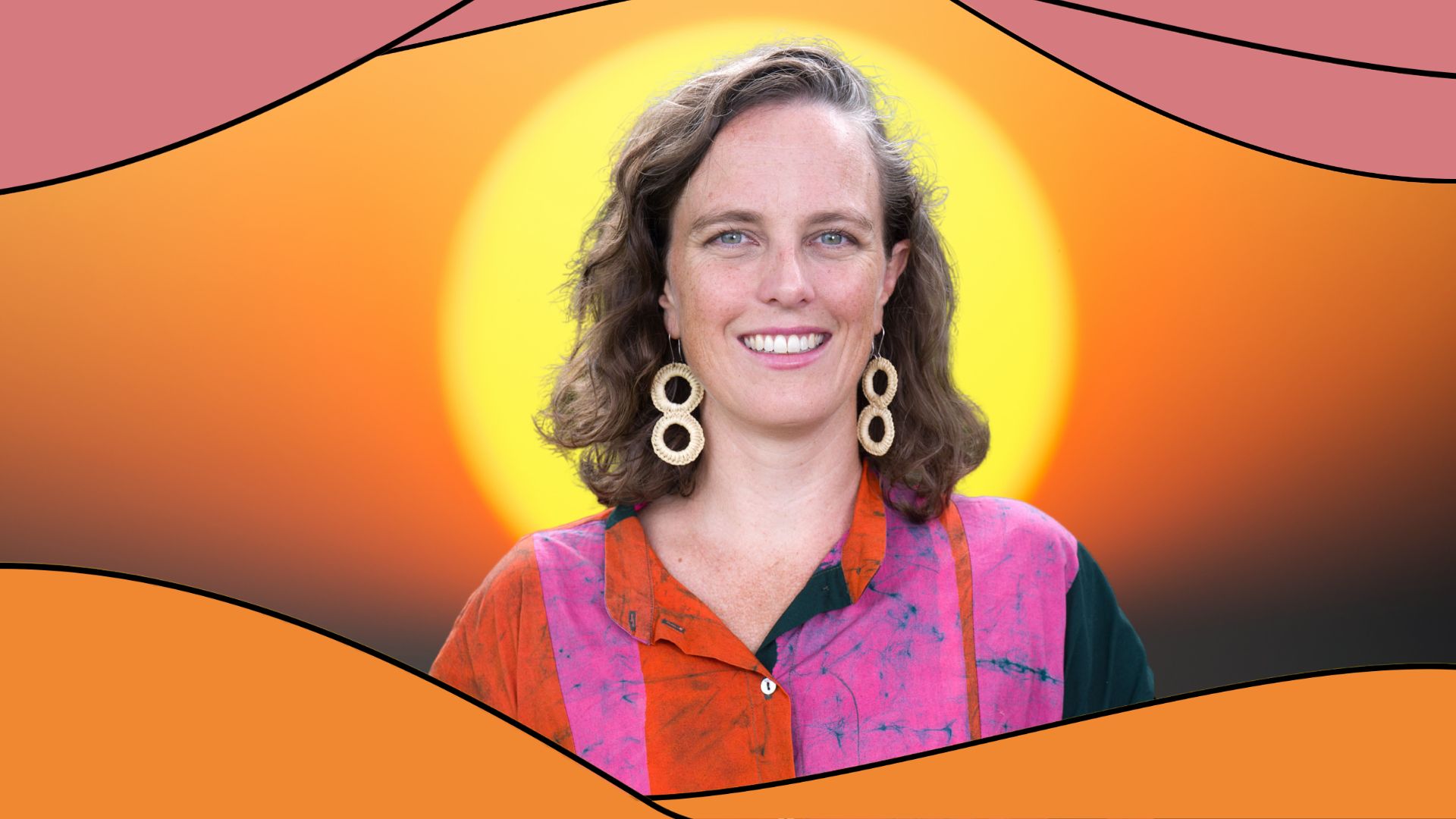Being a social entrepreneur throws you in the middle of two traditionally contrasting worlds; capitalism and socialism. Your mind, energy, and resources are strained as you constantly seek a balance between long-lasting social impact and financial sustainability.
Whether working within local communities or creating impact nationally or globally, social entrepreneurs have a lot on their plates. We are dogged changemakers who put the needs of ordinary citizens above financial gains but, at the same time, we understand the need to be financially sustainable to be able to scale our impact.
While a lot is known about what it takes to run a successful for-profit business, there’s less guidance for a social entrepreneur. How does a socially-minded changemaker navigate the business world?
Fortunately, we’re not alone. With the help of social entrepreneurs in our network we were able to pull out a few stages that nearly all of us go through. Without further ado, here are the 4 stages of a social enterprise – where are you?
1. Incubation Stage
Desire
From addressing unemployment and homelessness to tackling healthcare, environment and insecurity, the world has a thousand and one social issues that are being tackled at different levels and scales. This is where your desire is born – where ydo you want to fit into this ecosystem? What problems fo you want to address and how do you differ from what’s already out there?
Vision
Now that you know who you and your organisation are and who you want to serve, you need to determine exactly where you want to be. This is the time to conceptualise your impact through the power of vision. A changemaker not only desires change, they know what that change should look like.
2. Birth Stage
Deciding to Take Action
At the incubation stage, the social entrepreneur’s desire to see change is mostly still a personal notion. The birth stage is where you have decided to communicate the need for change to others and take action to bring about the vision. Your organisation and impact are leaving the realm of your daydreams and starting to become a reality – and you’re ready to make it happen.
Theory of Change
As a social entrepreneur, you have a vision for how a community or situation could be different-could be better.This is the stage where you sit down and sketch a road map to change. This map is called the theory of change. Start with your long-term goals and move backwards until you’re ready to take action.
Dealing with Critics & Discouragement
You are at the stage where everyone is telling you your idea can’t work. In fact, you’re probably telling yourself your idea can’t work. Before you begin to doubt your plans too much, realise that doubt is part of the journey. It’s going to be a long road ahead but you’re a changemaker with immense personal conviction. Use it to remain steadfast-even in the face of discouragement
Gathering Resources
You’ve gotten over a few bumps in the road and have an idea of where you want to be. Now, you can start gathering social capital to start something. Networking is everything here. Start finding just one or two people with aligned interests to come on board, and let that number grow.
Take Action
How can your impact play out with the limited resources you have? How can you ensure to stakeholders that your ideas and plans will lead to the results that you want? You may not have a lot to work with, but start small and get the ball rolling. Don’t get stuck in the birth stage forever, dive in and make adjustments and improvements as needed.
3. Nurturing Stage
Gaining Traction and Building Character
More often than not, the character of the social entrepreneur decides the depth and breadth of the social enterprise, as well as the early traction. Thanks to the action taken in the previous stage,, now you’ll have access to more field data, more learning resources and improved connections with other stakeholders.
This stage can be stressful, as you are constantly juggling many roles and a need for personal development. However, this is crucial for the long-term sustainability of the organisation. No one said it would be easy, but if you’re able to turn mistakes into lessons, your operations and impact will get better over time.
Need for Support/Ecosystem Mapping
You are at this stage when you have seen what can be done. You have a better understanding of necessary processes and your theory of change is more detailed. Now you know what it will take to grow. But that means more funding, human resources, and access to policymakers to direct change.
At this stage, the social entrepreneur is searching for grant opportunities and reaching out within different networks to get barriers moved. You’re likely crafting models to scale impact, and you have a better idea of what it means to be financially sustainable while also showing up for beneficiaries/early adaptors.
Evolution
In searching for key resources and mapping the ecosystem, social entrepreneurs get new ideas on how to overcome obstacles or address any shortcomings. In this stage, collaborations and partnerships are everything.
At this stage, you begin to become more aware of problems, and more equipped in tackling them. You’re constantly upskilling and finding team members and new opportunities that can fill in any gaps. Upskilling employees can be extremely beneficial if you want to increase efficiency and productivity, and not to mention, prevent having to hire new employees for every new job function. For instance, by watching tutorials about java initialize array or other related programming topics, even your marketing team can learn skills that they never thought they would, and eventually help out more.
4. Maturity Stage
Stability
Well done! Your impact is where you wanted it to be, your finances are stable, and you have a solid and well-functioning team. At this stage, you can already see the primary and secondary impact of your work and you are looking to scale to the next community or state or nation. Now is the time where you truly become a founder/manager and continue producing reports and forging new partnerships. Show your impact and see what types of collaboration can boost it even more.
Scaling
Scaling takes you back to the Birthing stage, as new challenges may surface and you may end up amidst a crisis where you and your organisation need a rehaul. This is okay. Resilience in the social entrepreneurship world is one of the best traits, and if you’re able to adapt and evolve, you’ll have a long road of impact ahead.




2 thoughts on “From Early to Exit: What Are the Stages of a Social Enterprise?”
Great post, Jay. It’s very true that there’s not much advice out there for social entrepreneurs. You really have to think on your feet a lot of the time because the social enterprise model IS very different from the normal business model, and they can’t be conceptualized in the same way.
Thanks for all the good content.
– John
Thanks John!